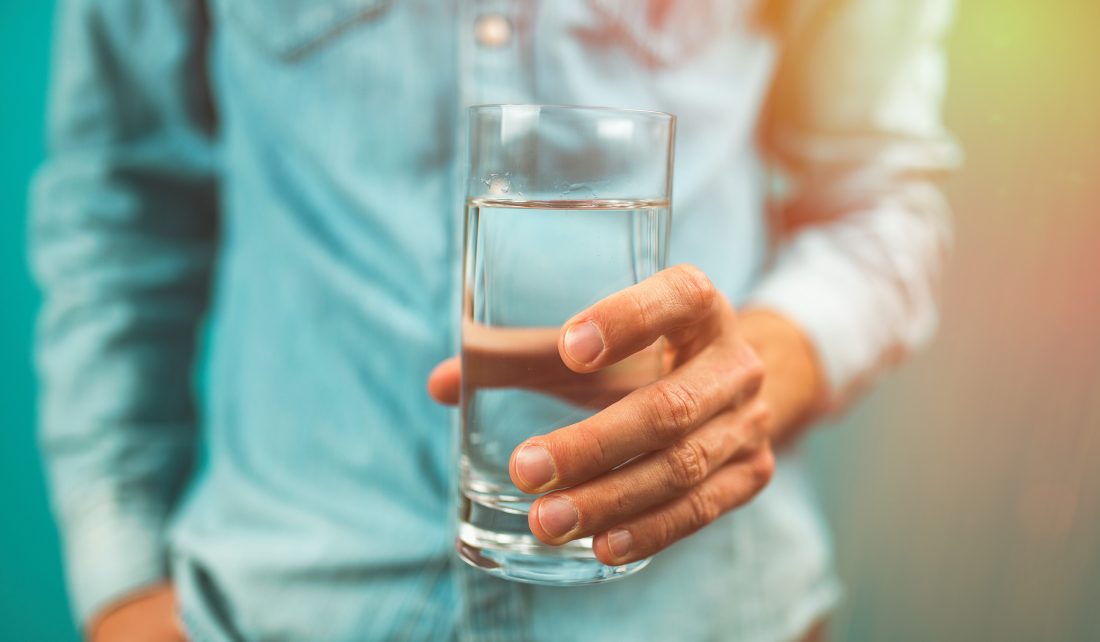
In northeastern Illinois, from 2008 to 2018, the average residential monthly water rate almost doubled. In fact, water costs are rising nationwide. If water rates continue to increase, economically vulnerable households may struggle to pay for this most basic necessity of life.
“Water utilities around the country increasingly need to balance their goals of recovering costs while keeping water flowing for those least able to pay,” said Margaret Schneemann, Illinois-Indiana Sea Grant (IISG) and University of Illinois Extension water resource economist.
IISG joined with the Metropolitan Planning Council (MPC) and Elevate Energy to better understand water affordability issues in northeastern Illinois and to help utilities find ways to address these issues in their communities. The team developed a new report, Water Affordability in Northeastern Illinois, which provides examples from states and municipalities around the country, illustrating a range of potential strategies and solutions.
The report has already proven helpful to the City of Chicago as it developed a new program to help low-income residents keep up with water bills. The Utility Billing Relief program, which begins March 1, 2020, provides reduced rates on water bills, eliminates late payment penalties and water shutoffs and provides debt relief for those who qualify. Predictions are that it will assist about 20,000 households in the city.
“Margaret Schneemann was part of the expert team that researched water affordability challenges and solutions in our region,” said Danielle Gallet, MPC director of water resources. “This work was instrumental to MPC’s efforts to provide useful and timely best practices to the City of Chicago during its creation of the Utility Billing Relief program.”
Water affordability is an increasing problem for several reasons—one major contributor is infrastructure. In many communities where infrastructure was built over a century ago, it is now in need of repair and replacement.
“Aging infrastructure drives up the cost of water service and creates challenges to supplying safe and reliable water service at a low price,” said Schneemann. “Also, water utilities are frequently playing catch up after years of deferred infrastructure investment.”
Income inequality also plays a role. Even when the average income in a community is not low, overall, income growth has largely been stagnant. The problem is made worse by segregation, which further contributes to income inequality across the northeastern Illinois region.
Because every community is unique, a one-size-fits-all water affordability solution does not exist. The report discusses five strategies that communities and utilities can adopt to address water affordability: reducing costs, improving water efficiency, designing affordable rates, establishing customer assistance programs and working to engage hard-to-reach customers.
Each of these strategies, designed to reduce the impacts of water bills on customers who are least able to pay, is explained through implementation considerations, potential recommendations and real-world examples.
This report is part of a larger initiative to research and explore the extent to which communities in the northeastern Illinois region are facing challenges to water affordability, and identify opportunities to address these concerns.
As part of this effort, the project team developed a suite of resources, including the Northeastern Illinois Water Affordability Dashboard, which is an easy-to-use resource for researchers, journalists and others looking for water affordability statistics broken down by municipalities in the Chicago area.
“As water rates increase and incomes remain stagnant, many households are struggling to pay their water bills,” said Caroline Pakenham, water program manager at Elevate Energy. “The Northeastern Illinois Water Affordability Study is an important first step to highlight growing issues of water affordability in our region and encourage dialogue around potential solutions.”
Illinois-Indiana Sea Grant is a part of University of Illinois Extension and Purdue Extension.

